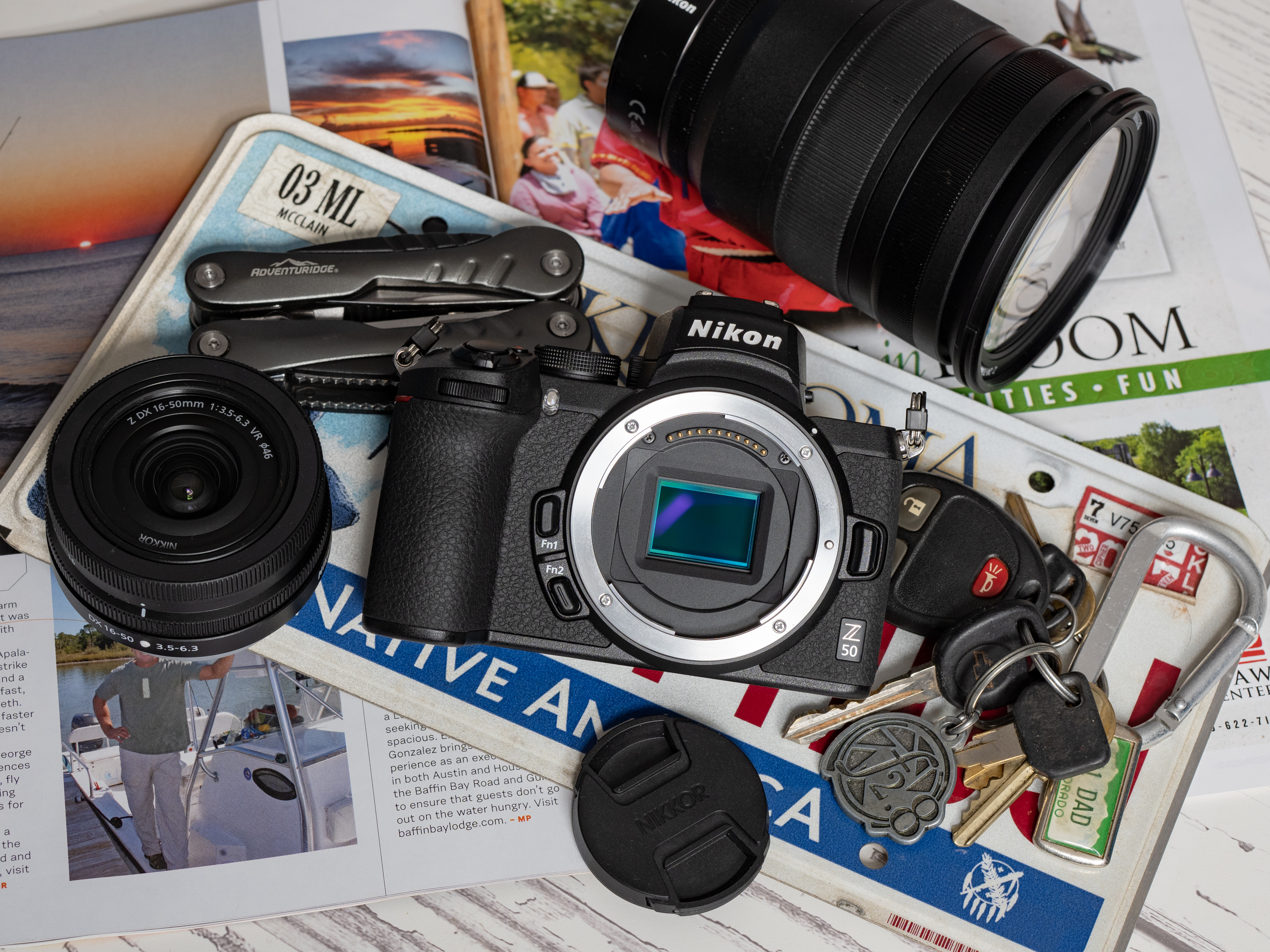Last Updated on 08/17/2023 by Chris Gampat
Nikon decided to enter the already pretty crowded Mirrorless APS-C camera space with the Z50. Much was made of the Nikon Z50 when it was announced. Many touted it as a spiritual successor to the legendary D500: I can tell you it is not that. Nikon released this camera to target the vlogger crowd and those who want to blow up social media with pictures of coffee, sushi, and all manner of other stereotypical hipster things. Does the Z50 have what it takes to entice those crowds, and can it successfully enter a Mirrorless APS-C market dominated by Fujifilm and Sony? Let’s find out in our full review.
Table of Contents
Video Review
Pros and Cons
Pros
- The best ergonomics of any APS-C Mirrorless camera I’ve used
- Weather sealing
- Nice image quality
- A nice touchscreen interface (including menus)
- Capacitive controls make good use of some otherwise dead real estate
- Astonishing high ISO performance
- Good all-around autofocus and tracking performance
- Great battery life
- A nice, clean menu system
- The screen does a poppy thing (folds out from the body and down)
Cons
- The Z mount looks hideously huge on this camera
- Large Z mount lenses make you gain back anything shed in the size and weight department
- The touchscreen is not fully articulating: an odd choice for a hybrid camera that’s for video and stills
- The Z50 is limited to 30-minute captures when filming and has no IBIS nor dedicated headphone jack: again, some odd choices for a hybrid camera
- Ony one UHS-1 card slot and it really affects the performance of this camera
- This camera has a serious identity crisis. It’s too expensive for an entry-level camera and those who would have considered the D3XXX or D5XXX DSLRs, and it doesn’t offer enough for the prosumer crowd. There are also too many compromises for the vlogging group as well. Yeah, it’s a strange one
Gear Used
We used the Nikon Z50 with the DX 16-50mm f3.5-6.3, and the NIKKOR Z 24-70mm f2.8 S.
Tech Specs
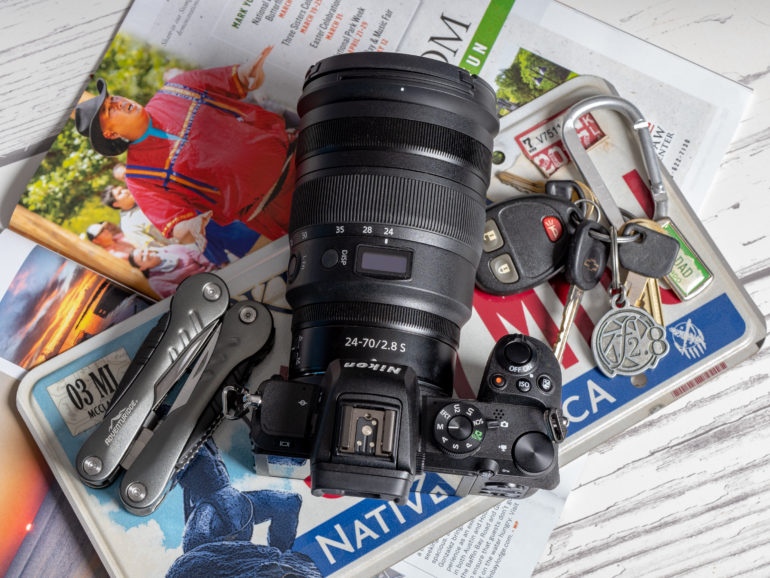
All of the technical specifications for the Nikon Z50 have been taken directly from the official Nikon website:
- Effective Pixels (Megapixels) – 20.9 million
- Sensor Size – 23.5 mm x 15.7 mm
- Image Sensor Format – DX (APS-C)
- Storage Media – SD (Secure Digital) and UHS-I compliant SDHC and SDXC memory cards
- ISO Sensitivity – ISO 100 – 51,200 in steps of 1/3 or 1/2 EV
- Viewfinder – 0.39-in. approx. 2360k-dot (XGA) OLED electronic viewfinder with color balance and auto and 7-level manual brightness controls
- LCD – 3.2 in. diagonal, 1,040,000 dots, tilting TFT, Touch-Sensitive LCD
- Movie4K UHD 3,840×2,160 / 30 fps
- 4K UHD 3,840×2,160 / 25 fps
- 4K UHD 3,840×2,160 / 24 fps
- Full HD 1,920×1,080 / 120 fps
- Full HD 1,920×1,080 / 100 fps
- Full HD 1,920×1,080 / 60 fps
- Full HD 1,920×1,080 / 50 fps
- Full HD 1,920×1,080 / 30 fps
- Full HD 1,920×1,080 / 25 fps
- Full HD 1,920×1,080 / 24 fps
- Full HD 1,920×1,080 slow-mo / 30 fps x4
- Full HD 1,920×1,080 slow-mo / 25 fps x4
- Full HD 1,920×1,080 slow-mo / 24 fps x5
- Actual frame rates for 120p, 100p, 60p, 50p, 30p, 25p, and 24p are 119.88, 100, 59.94, 50, 29.97, 25, and 23.976 fps respectively
- Quality selection available except at sizes of 3,840 x 2,160, 1,920 x 1,080 120p/100p, and 1,920 x 1,080 slow-motion or when U or 6 is selected in q mode, in which case quality is fixed at m (high)
- Battery Life (shots per charge)300 shots (CIPA)
- Movies: Approx. 75 min. of movie recording
- Approx. Dimensions (Width x Height x Depth)5.0 in. (126.5 mm) x 3.7 in. (93.5 mm) x 2.4 in. (60 mm)
- Approx. Weight14.0 oz. (395 g), camera body only
- Operating EnvironmentTemperature: 32 to 104°F (0 to 40°C)
- Humidity: Less than 85% (no condensation)
“All of the controls (except for the EVF/LCD switch, which you’ll hardly ever use) can be reached with your right thumb easily, which means you can use this camera with just one hand at all times! Nicely done, Nikon.”
Brett Day – Gear Editor
Ergonomics
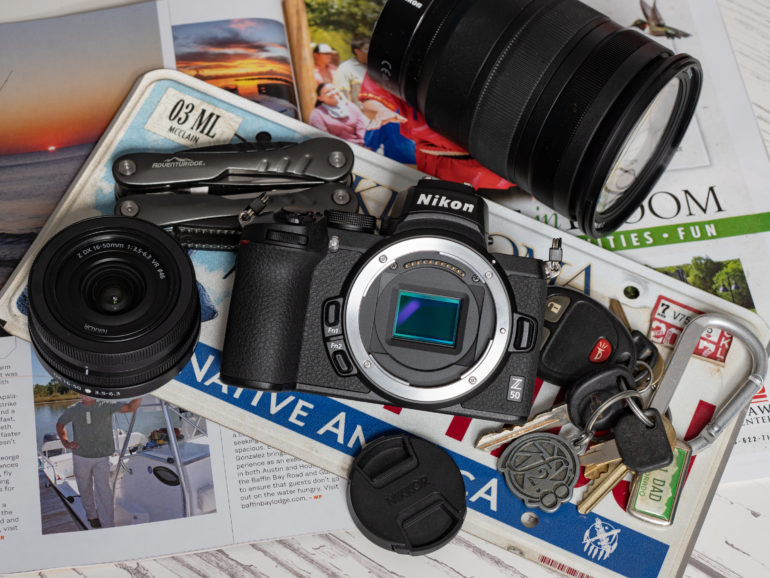
One thing that has always bothered me with smaller APS-C Mirrorless cameras is that the ergonomics have always left a lot to be desired. For someone with big hands, cameras like the X-T3 and the Sony a6XXX series of cameras have always been challenging to use, but the Nikon Z50 is different.
The Nikon Z50 is a joy to hold thanks to the deep grip. But, don’t think this means that the Nikon Z50 is a big camera: it isn’t. It’s quite small, but the engineers at Nikon put some real thought into how this camera feels in hand, and it has paid off in a big way. The generous grip and the texture used on the body provide excellent traction, and every point of contact is just right. In this image, you can also see; two programmable function buttons, which flank the Z mount: the lens release: and a dial in the grip, which controls your aperture settings.
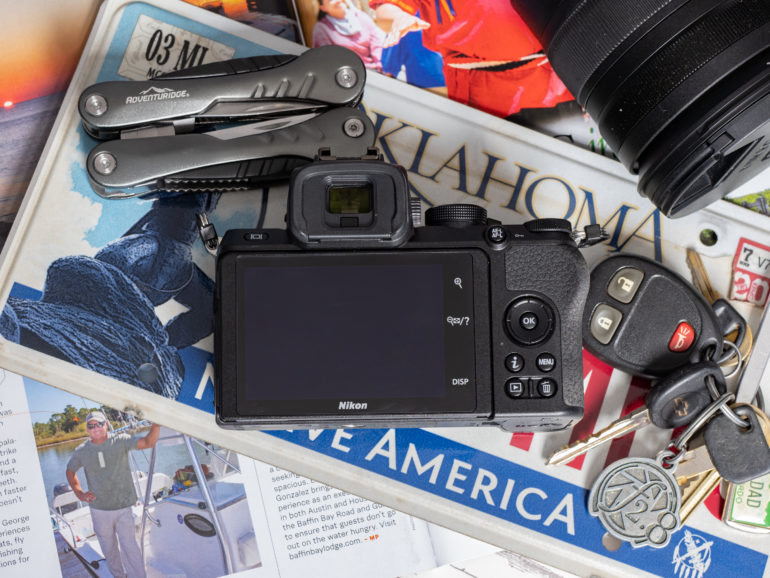
The back of the Nikon Z50 has a great layout as well. The large 3.2-inch display dominates the rear. I love the use of the capacitive buttons in the bezel of the screen. Not only do they use otherwise dead real estate, but they also provide great function too. The screen is hinged, and it moves out towards you and flips down 180-degrees under the camera. Above the screen, you will find the EVF and LCD control button, and, of course, the EVF.
To the right of the EVF, you will see the AE-L/AF-L control, and then to the right of the screen are the control dial, info button, which brings up a quick settings menu, the main menu control, and playback and delete buttons. I really wish Nikon had included a joystick to control the focal points. All of the controls (except for the EVF/LCD switch, which you’ll hardly ever use) can be reached with your right thumb easily, which means you can use this camera with just one hand at all times! Nicely done, Nikon.

As you can see from this top-down view, the camera is very slim, and the depth of the grip is quite evident. In terms of dimensions, it’s as small as my Olympus E-M1 III and a little slimmer, which I attribute to the fact the Nikon Z50 doesn’t have IBIS. Keeping on with the notion that this camera is easily used with just one hand, you’ll see no controls on the left-hand side of the top panel apart from a switch to pop up the built-in flash.
On the right-hand side of the hot shoe, you’ll find the diopter wheel, mode selection dial, the on/off switch and shutter button at the top of the grip, a dedicated record button, and a dedicated ISO button. There’s also an exposure compensation button, a simple lever that allows you to quickly switch between stills and video modes, and a control wheel which changes your shutter speed. This layout is simple, clean, and easy to use.
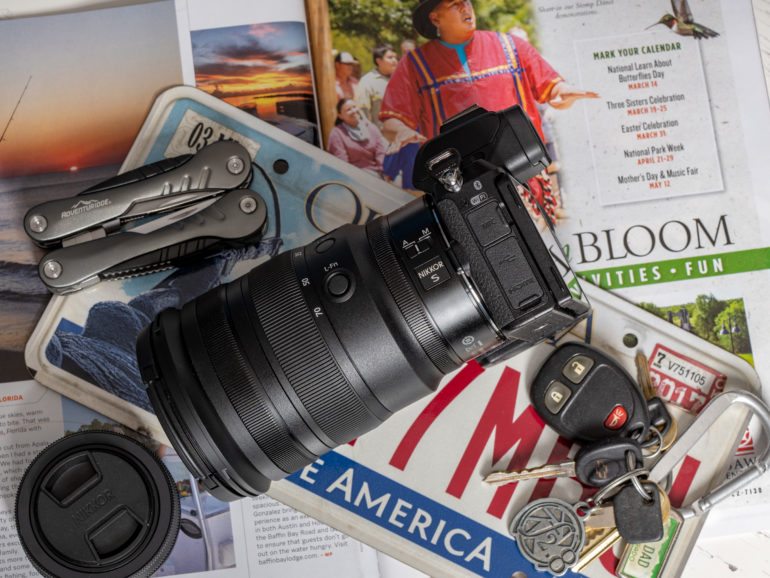
The right-hand side of the control has no ports to speak of. The left-hand side houses a dedicated mic input jack, a USB-C charging port, and a micro HDMI jack. The single UHS-I card slot is located in the battery compartment at the bottom of the camera.
Ergonomically, the Nikon Z50 is near perfect. Nikon has set the standard for how small Mirrorless APS-C cameras should be here. Even with the huge NIKKOR Z lenses attached to this camera, it is easy to hold and use.
“I have been impressed with the fit and finish of everything, and just generally how solid everything feels.”
Brett Day – Gear Editor
Build Quality
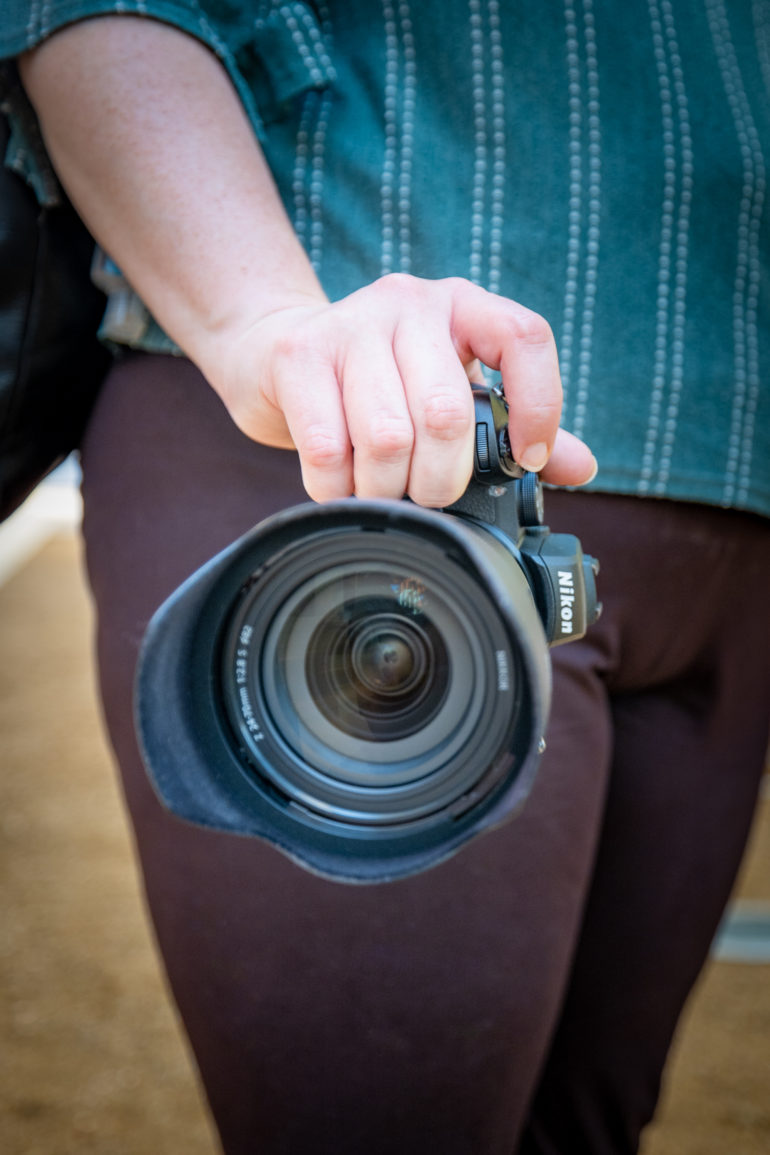
The Nikon Z50 is a well-built camera that is a mix of plastic and metal. There’s no doubt it will last a long time. I have been impressed with the fit and finish of everything, and just generally how solid everything feels. The hinge the screen sits on is made from metal and locks securely in place. All of the buttons feel great, and they offer lovely positive feedback too. The 1 million dot LCD is excellent and offers great resolution and vibrant colors, and so too does the 2.36 million dot EVF.
The Nikon Z50 is also weather sealed. It’s not as weather-sealed as the Nikon Z6 and Z7, mainly because of the pop-up flash, but as long as you use weather-sealed lenses with the z50, you can play in the rain, the snow, the wind, at the beach, at the lake, or anywhere else where there might be a higher risk of exposure to water, dust, and debris. Just be sensible, don’t overdo it, and the Z50 will be fine. Overall, the Nikon Z50 is a tough little camera and will survive most things thrown at it.
“The Z50 a mixed bag. Nikon tried hard to appeal to many, but too many compromises mean the Z50 does things well, but takes nothing to the next level.”
Brett Day – Gear Editor
Ease of Use
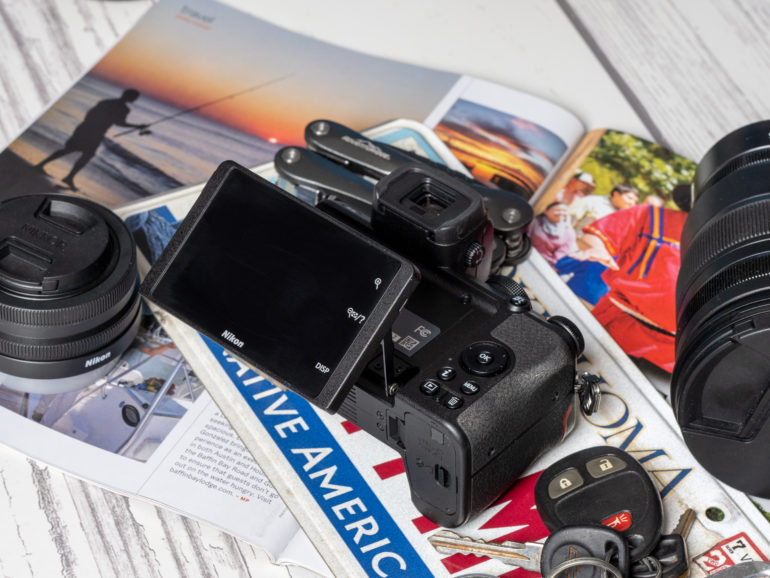
From this point forward, you will notice that I use the word nice a lot in the various sections and subsections. This isn’t to say that the Nikon Z50 is terrible: far from, it’s just nice.
Whenever I used the Nikon Z50, I always finished my time with it by thinking to myself that I had a nice experience, but that was it. Nothing more, nothing less, just nice, and that’s okay, but I never got excited to use it. The Z50 is like a beige family sedan that will give you a nice ride, will get you from a to b, and is reliable. It does its job, but there’s no wow factor. How many people do you know who want to settle for the beige family sedan over a sportier model with a pepped up engine, alloy wheels, and a body kit?
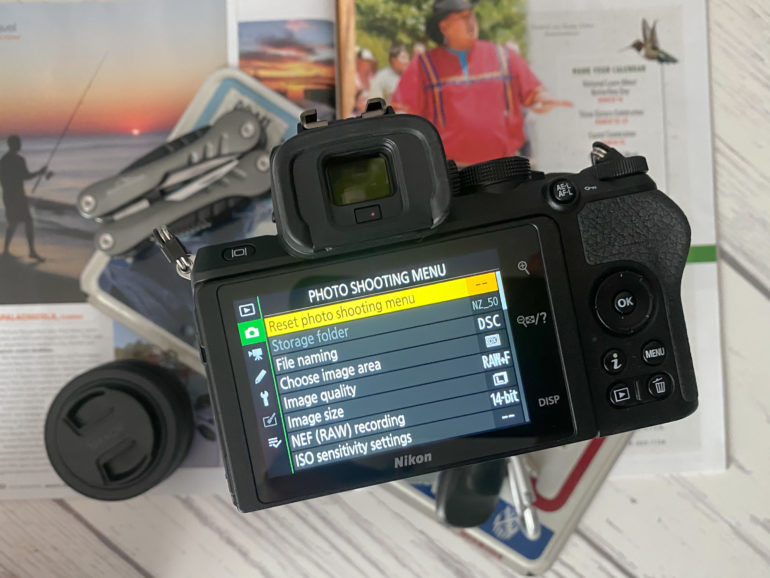
The Nikon Z50 is an easy camera to use, in part, thanks to its menu system. Not only are the menus logically laid out, but you can also use the touchscreen to navigate your way through them.
Both the LCD and the EVF offer nice clear, clean, sharp images that make for a nice experience when composing, or chimping at the images you have made. The flip-down screen (pictured below) is also nice and will appeal to the selfie crowd. As a negative, it’s weird for vloggers because as soon as you attach a tripod the screen will not fully fold down and then part of the screen will be blocked.
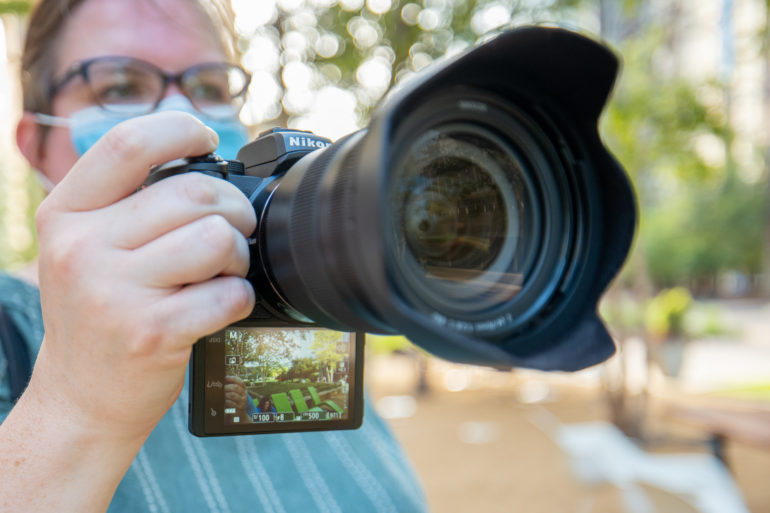
The single UHS-I card slot leaves somewhat of a sour taste in the mouth too. For a camera that’s designed for vloggers who shoot in 4K, this makes no sense. From a photography standpoint, it also impacts camera performance. Here are some buffer performance numbers when shooting:
- RAW+Fine JPEG – 27 images before the buffer would fill, and 1 minute 34 seconds to clear
- JPEG only – 50 shots, buffer cleared in 35 seconds
- 14-bit RAW only 27 shots, 1 minute 10 seconds for the buffer to clear
I’m glad Nikon opted against XQD in this camera, but it sorely needed a UHS-II card slot.
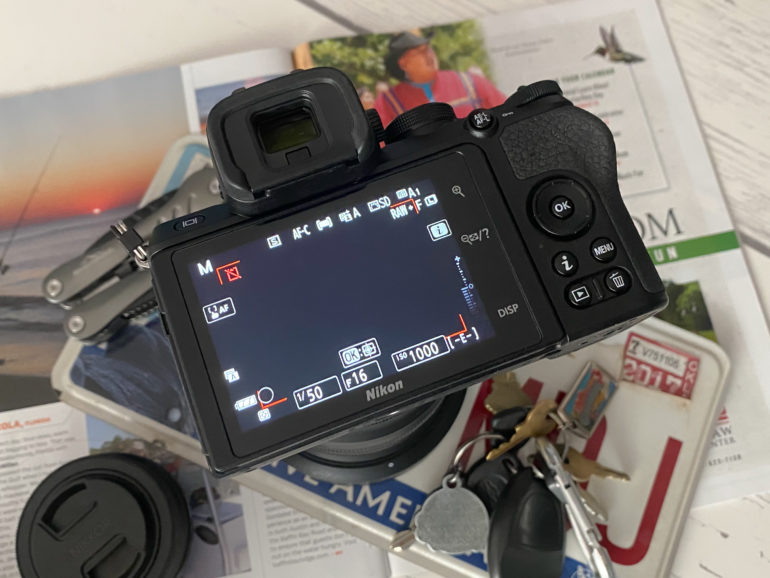
The Nikon Z50 also does not have IBIS. This is a not a deal-breaker by any means, we survived without IBIS for years, but again, as a hybrid camera which has been designed for vloggers and photographers, its omission is odd. The VR in Nikon’s lenses is good though, but your mileage may vary.
At the end of the day, using the Nikon Z50 is a nice experience. Thanks to excellent menu’s, great ergonomics, the nice EVF and touchscreen, 11 FPS burst mode, good autofocus performance from the 209 phase-detect autofocus points, and pretty great battery life (I hit over 600 shots before I started to worry about the battery), you’ll get from a to b with this camera in the same way you would with the beige family sedan. Still, you won’t be left with a sense of wow. Casual photographers will likely enjoy the process of using the camera, vloggers will become frustrated about the flip-down screen, no dedicated headphone jack, the UHS-I card, and the 30-minute limit when recording. The Z50 a mixed bag. Nikon tried hard to appeal to many, but too many compromises mean the Z50 does things well, but takes nothing to the next level. It’s nice, but it’s not great.
Autofocus
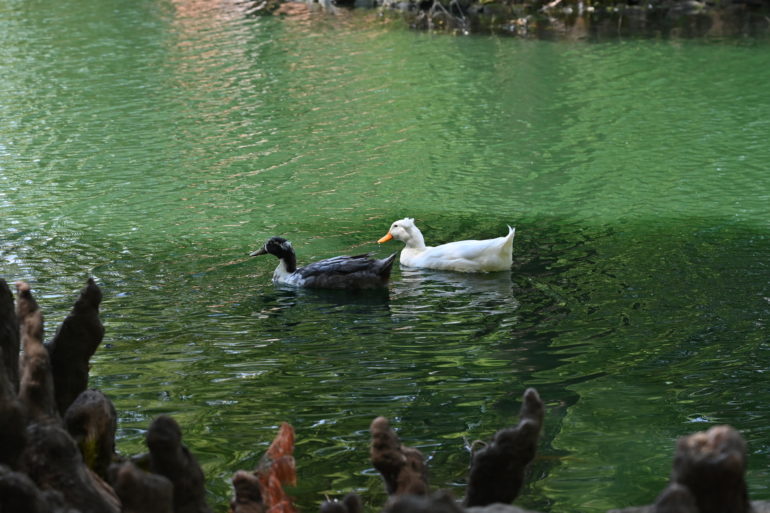
The autofocus performance on the Z50 is great, but not groundbreaking. You will find that the Z50 will acquire focus quickly in both good and low light situations, and it is responsive throughout the focus modes. The pin and single point modes are both fast and accurate, and it’s where I left the camera for the majority of the time due to personal preference. Still, you can switch to continuous focus and select one of the wide or auto-area focus modes, and you will be pleased with the performance overall.
I was able to track these ducks easily as they swam through a pond. For the average user, the AF system in the Nikon Z50 will be plentiful, but it pales in comparison to the a6400,and offerings from Fuji. The Nikon Z50 is also capable of eye AF as well. Switch the camera over to continuous focus, select auto-area focus, and when the camera detects an eye, it will track it without trouble. Is it fast? It’s not lightning-quick and is light years behind to the likes of Sony cameras with this capability, but then again so is everything else. Again, it’s a nice system that won’t let you down, but it won’t blow you away like some of the competition will.
“Perhaps the one thing the Nikon Z50 excels at is high ISO performance. In fact, it could have the best high ISO performance of any current APS-C camera.”
Brett Day – Gear Editor
Image Quality

The Nikon Z50 offers up nice image quality. The 20.9 Megapixel APS-C sensor (which is the second-lowest resolution out of the cameras in this bracket) does a nice job with capturing details; the colors it produces are nice vibrant too. Straight out-of-camera JPEGS are nice. After testing out RAW performance, I found myself shooting JPEGS only and found them more than good enough to use. Perhaps the one thing the Nikon Z50 excels at is high ISO performance. In fact, it could have the best high ISO performance out of any current APS-C camera. Let’s break image quality down a little more.
RAW File Versatility
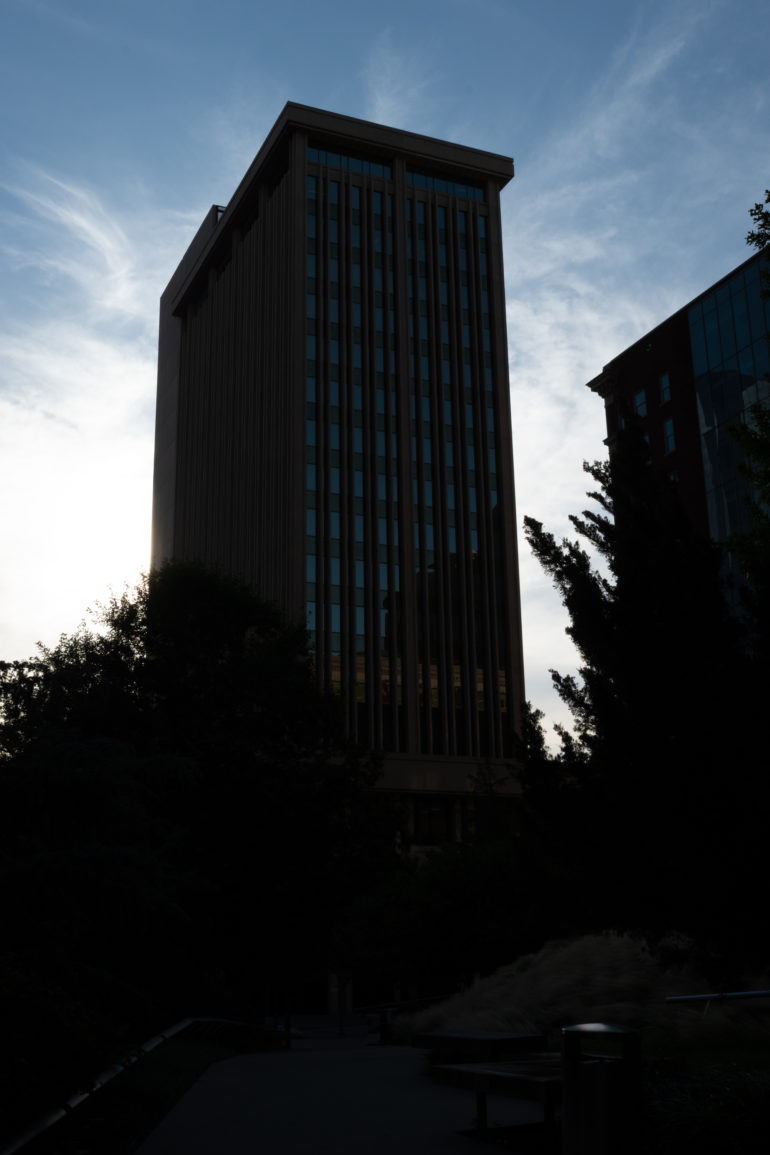
You’ll find you have a whole lot of leeway when it comes to editing RAW files from the Z50. The image above was shot underexposed on purpose, and as you can see, there’s hardly any details in the shadows with just a little in the highlights.

Here is the same file edited. As you can see, I was able to pull out an incredible amount of detail in the shadows, and I was able to tame the highlights easily. The 20.9 Megapixel sensor has a great amount of dynamic range, and you will be able to save many shots during post if you really mess them up while capturing them.
JPEG Quality

The JPEGS from the Nikon Z50 are more than good enough. I have been nicely surprised by them. The EXPEED 6 processor in the Z50 does a great job at rendering colors, it controls the shadows and highlights well, and it doesn’t apply an aggressive amount of noise reduction either.

There are no film simulations to apply to JPEGS, but you can choose between picture effects. You’ll find high-key, toy camera, miniature, selective color, silhouette, low key, night vision, super vivid, pop, and photo illustration, but I would not recommend using them. If you want to switch things up, I recommend switching between the standard, neutral, vivid, monochrome, portrait, landscape, and flat profiles. I have no issues at all with the JPEGS from the Z50.

High ISO Performance
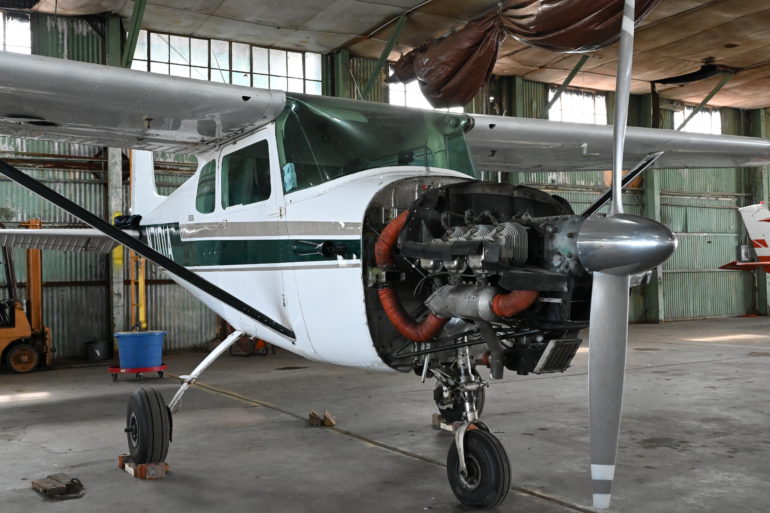
Now, I have to say that the Nikon Z50 has blown my mind when it comes to high ISO performance. I was shooting ISO 6400 for fun and had no concerns about image quality. I shot at ISO 12,800 for fun and had no concerns about image quality, I even shot at ISO 25,600 and was stunned at the amount of detail the images were retaining. Will you see some color noise as these high ISOs? Yes, of course, but just behold the glory of high ISO images from the Nikon Z50.

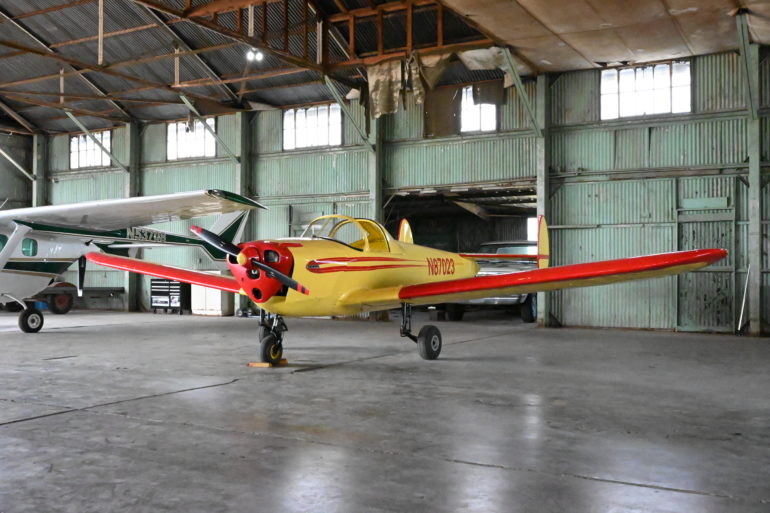

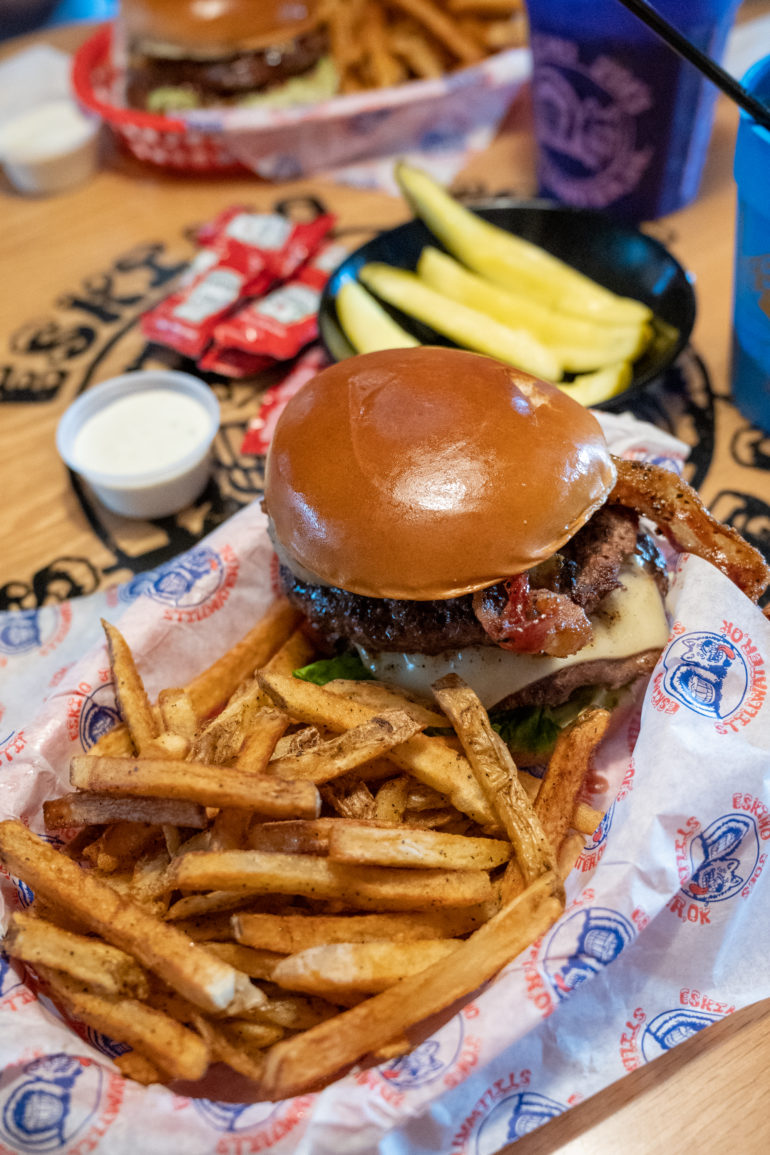
Extra Image Samples
Below you will find a mixture of unedited RAW, edited RAW, and straight out of camera JPEG files so that you can get a better understanding of what to expect from this camera. Each has been marked accordingly.







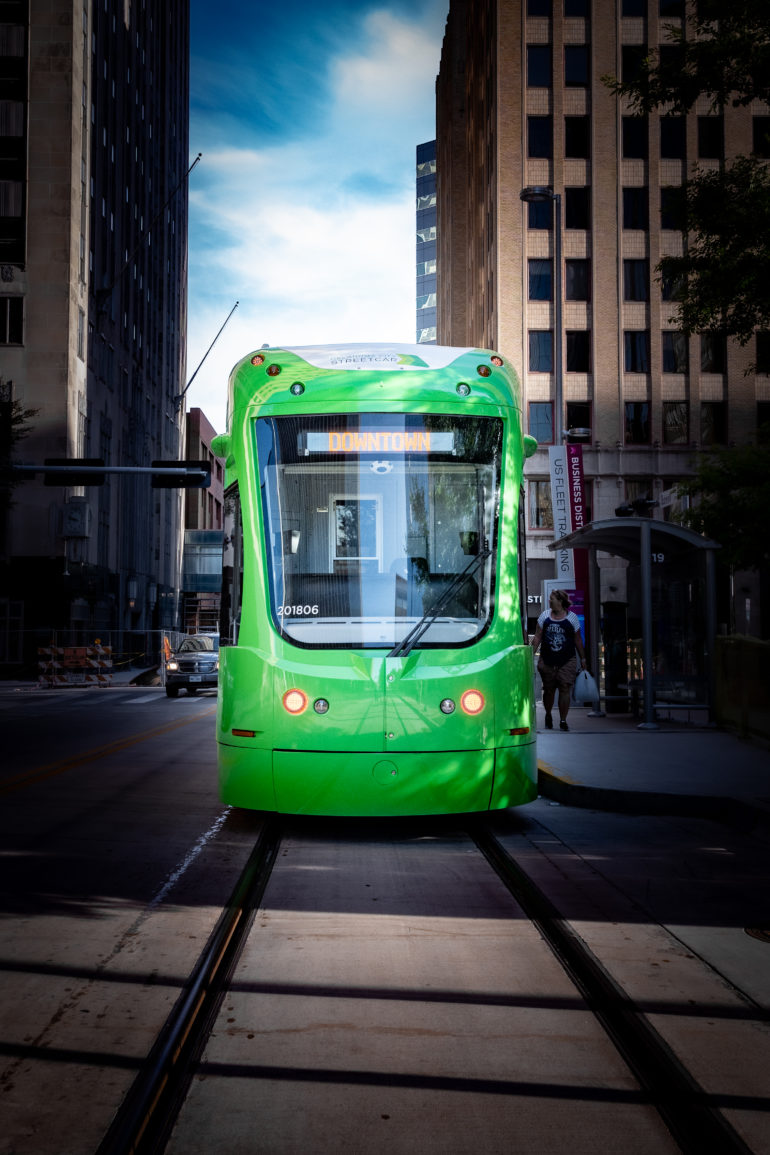
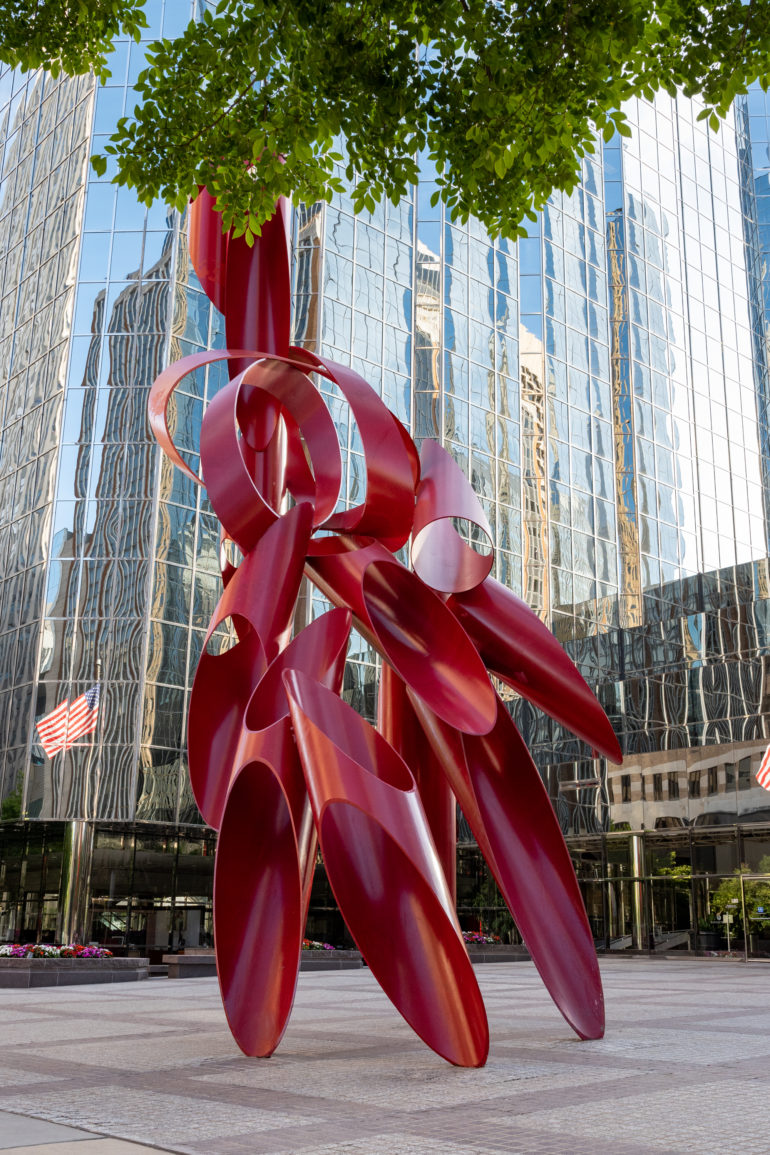


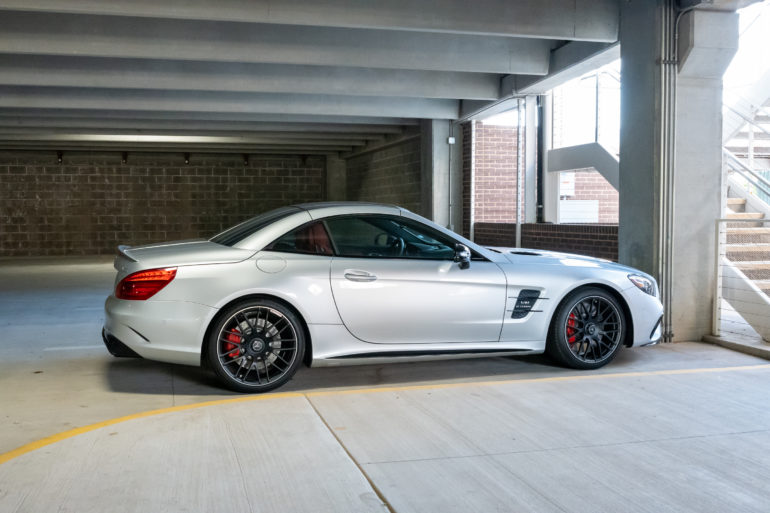
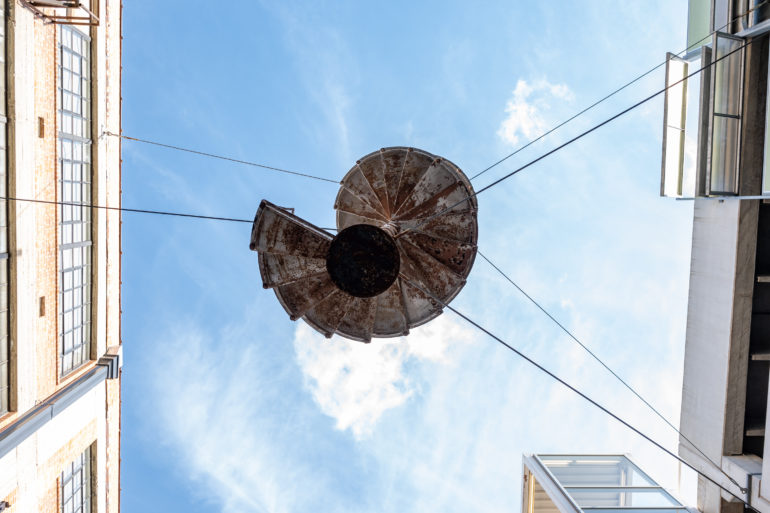
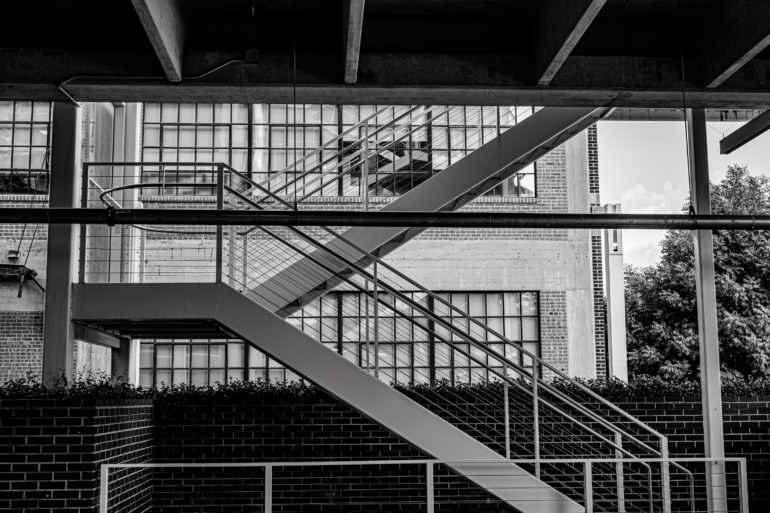



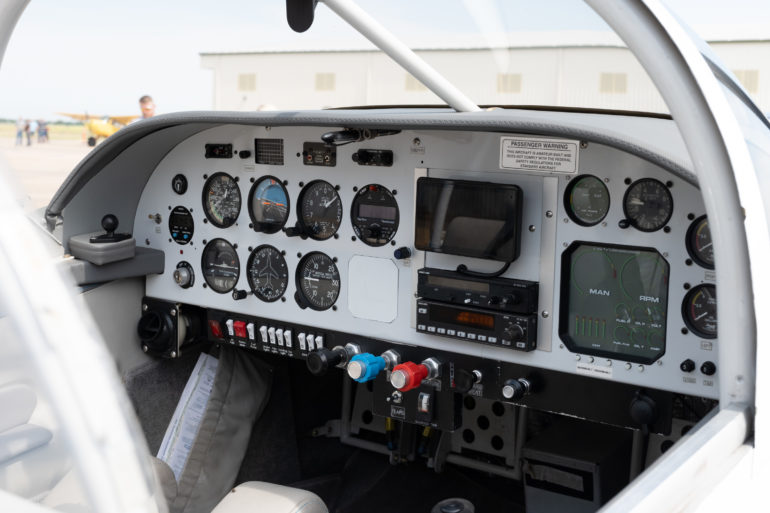



Conclusions
“The Z50 is a nice camera, it works well, ergonomically it’s near perfect, it produces nice images, but there’s nothing about it that’s special. Because of that, it lags behind the competition.”
Likes
- Near perfect ergonomics
- Nice image quality
- Insanely good high ISO performance
- Good battery life
Dislikes
- One UHS-I card slot
- The touch screen only flips down and not out to the side
- The price point and overall feature set put it in a weird, no man’s land
- The Z mount means the lenses you use (apart from the 16-50mm kit lens) will be huge, and that means you give up a ton in the size and weight arena.

I have such mixed feelings about this camera, so bear with me. The Nikon Z50 is a nice camera, it really is. Almost everything about the Nikon Z50 is nice. You’ll find that you will love the ergonomics, the way the camera operates, and the images it produces, but you will not get excited about this camera. Will it do everything you want it to do? For the most part, yes. Is there anything about this camera that makes it stand out from its competitors? Apart from the high ISO performance, no. The Nikon Z50 is one of the most vanilla cameras around. There’s nothing that makes it unique. It doesn’t scream, “Buy me!”
Throw in the fact that you will have to use massive Z mount lenses to really get the most from this camera, and all of a sudden the gorgeously designed, small, lightweight Nikon Z50 becomes a monster. That, combined with the fact that there are just two DX (APS-C) specific lenses right now, makes the Z50 a hard sell. Sure, you can adapt older Nikon DX lenses, but that will add another $246.95 to the cost of this camera, which would make it the most expensive in its category at $1,103.90! Ouch! Let’s take a look at the competition:
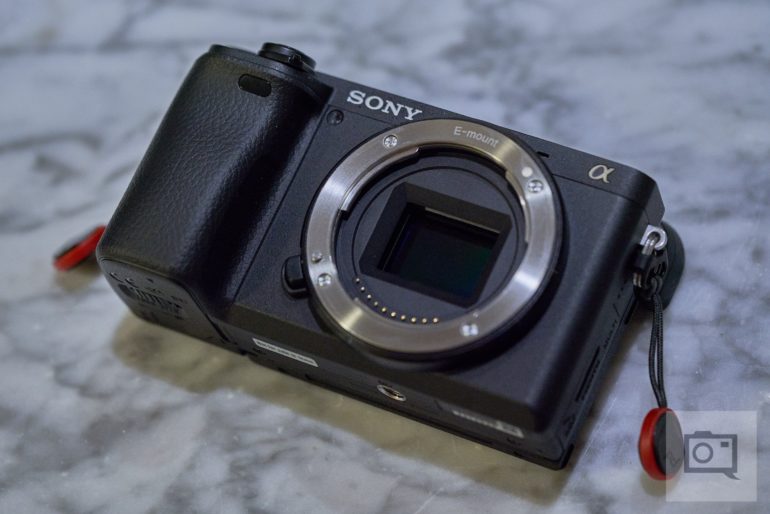
- The Sony a6400 – best in class autofocus performance (a9 level), 24 Megapixel sensor, small form factor, weather-sealing, a good collection of small lenses to use, no 4k recording limit, real-time eye and animal eye AF. Price: $798
- The Fujifilm X-T30 – small form factor with a ton of small lenses designed for APS-C, excellent image quality, Fujifilm simulations, joystick for better user experience, 26.2 Megapixel sensor, good high ISO performance. Price: $899
- The Canon M6 II – small, compact, and lightweight, simply stunning JPEG image quality, a huge 32.5 Megapixel sensor, UHS-II SD card slot, stellar battery life, fantastic autofocus system, a growing collection of lenses: Price: $799
- The Olympus E-M5 III – Small, gorgeous retro-themed camera, 20 Megapixel M4/3 sensor, the best IBIS around, weather sealing, UHS-II SD card slot, innovative features such as in-body focus stacking, and live comp, a stunning line up of small lenses keeps things tiny, 50MP high-res mode. Price: $999
Summing up the Z50, it has a good AF system, but it is not better than the rest. It has the second-lowest resolution sensor of the bunch, there’s no IBIS, it produces nice images, and it feels nice in hand. Still, at $856.95, for the body only, there’s nothing about it that would make me tell you to buy it over the cameras listed above.
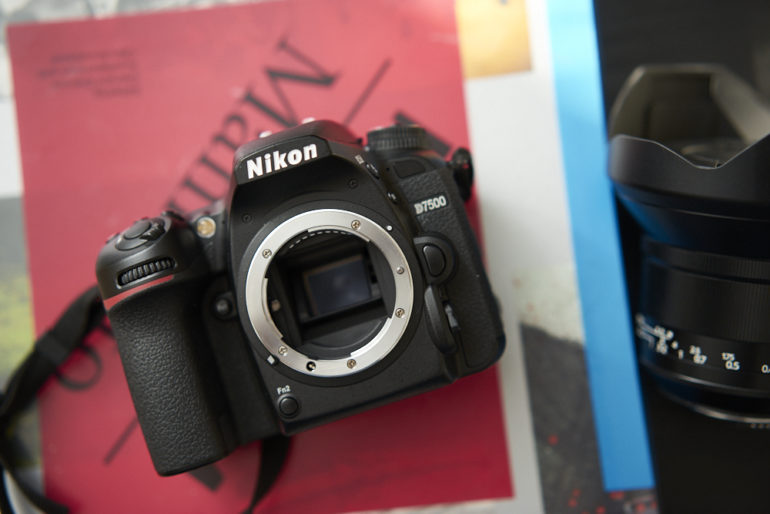
Who is the Z50 for? I honestly don’t know. Is it for vloggers? With a single UHS-I card slot, 30-minute recording limit, no headphone jack, and just a tilt-down screen, no. Is it for first-time camera buyers? This camera is too expensive for first-timers, and it simply won’t appeal to the crowd that would have purchased entry-level cameras in the past. Is it for the prosumer? There’s simply not enough about it at this price point, especially not compared to the competition. Is it for current Z6/Z7 shooters who want a backup camera? Maybe. The Z50 is just in a weird place that doesn’t do enough for vloggers and will provide a nice, but uninspiring experience for photographers. The Nikon Z50 will score well because it’s a nice camera, but dang it, I just don’t know who will buy it, or who I would recommend it to. Nikon, you could have made this camera ‘the one’ to get, but you cut some corners and that’s a real shame because it’s not the best at anything apart from high ISO; it sits in a puddle of mediocre meh.

The Nikon Z50 scores four out of five stars. “How can that be?!” I hear you say. The Z50 is a nice camera, it works well, ergonomically it’s near perfect, it produces nice images, but there’s nothing special about it. Because of that, it lags behind the competition. It’s a nice, safe camera to buy, but honestly, you’d be crazy to get it ahead of the other cameras listed above that are packed with innovation. The Nikon Z50 is a beige Toyota Camry with a 4 cylinder engine that gets driven by a balding guy named Bob in his late 30’s. It’s a nice car, but it’s not one anyone really wants. Check out the latest prices on Amazon.


